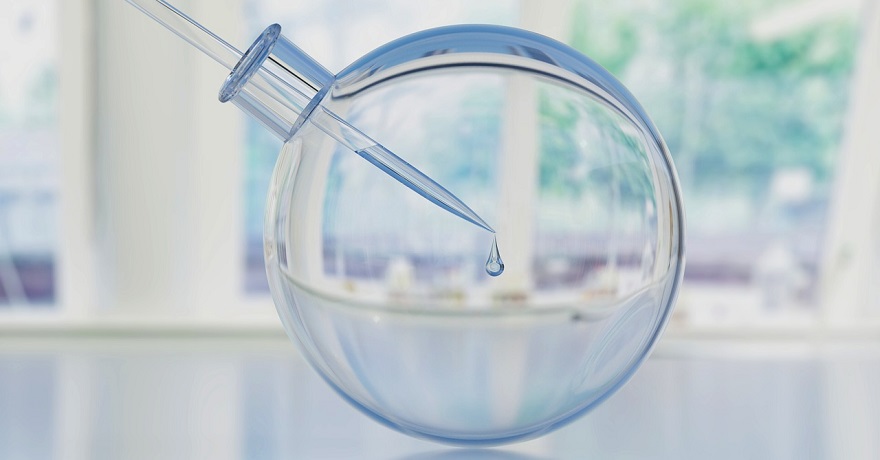
South Korean team develops high-efficiency hydrogen fuel electrocatalyst
November 25, 2020The discovery can be used to help enhance electrolytic H2 production.
Researchers under Lee Hyoyoung, Associate Director of the Center for Integrated Nanostructure Physics in the Institute for Basic Science (IBS) at Sungkyunkwan University in South Korea have developed a new high-efficiency, long-lasting hydrogen fuel electrocatalyst.
The noble metal-based ruthenium oxide (RuO2) and iridium oxide (IrO2) are used to boost the oxygen generation rate.
The main problem with using noble metal catalysts is that their stability is low under long-term operation and they are very expensive. The University of South Korea researchers believe they have overcome the challenges of relying on noble metals, using cobalt, iron, and a minimal ruthenium quantity. They published their results in the RSC journal Energy & Environmental Science in an open-access paper.
“We used amphiphilic block copolymers to control electrostatic attraction in our single ruthenium (Ru) atom-bimetallic alloy,” explained study co-authors Lee Jinsun and Kumar Ashwani. “The copolymers facilitate the synthesis of spherical clusters of hydrocarbon molecules whose soluble and insoluble segments form the core and shell.” In the researchers’ study, the copolymers have a tendency for a unique chemical structure. This makes it possible for “high performance” of the Ru single atomic alloy’s synthesis to take place at the top of the cobalt-iron (Co-Fe)metallic composite, which is surrounded by a defective, porous and graphitic carbon shell.
The researchers were “excited” to discover the hydrogen fuel electrocatalyst.
The team was pleased to find that the pre-absorbed surface oxygen on the exterior of the Co-Fe alloy, which is absorbed during the synthesis process, results in OOH stabilization during the oxygen generation reaction. The outcome is raised “efficiency of the catalytic reaction,” said corresponding author, Associate Director Lee. Until this most recent finding, researchers hadn’t placed much attention on the pre-absorbed surface oxygen.
The researchers discovered that at 750ºC for a four-hour annealing within an argon atmosphere, the ideal oxygen generating process conditions are created. Beyond that environment, the single Ru atom on the host metal surface lowers the energy barrier where the oxygen generation takes place. This provides synergistic enhancement of the oxygen  evolution efficiency. In this way, the hydrogen fuel electrocatalyst offers marked improvements in efficiency and cost.
evolution efficiency. In this way, the hydrogen fuel electrocatalyst offers marked improvements in efficiency and cost.



 With over 15 years of reporting hydrogen news, we are your premier source for the latest updates and insights in hydrogen and renewable energy.
With over 15 years of reporting hydrogen news, we are your premier source for the latest updates and insights in hydrogen and renewable energy.
What system conversion efficiency may be achieved, kWhe input per kg H2 output ? At what H2 pressure ? At what stack T ?
It is time for Ion Musk and others to reconsider the use of hydrogen fuel cells and graphene super capacitors in future automobiles. Shale oil in Texas and South American and Australia lithium will soon be more expensive to mine as reserves are being depleted. Better to produce hydrogen from sunlight to powered automobiles that use fuel cells and graphene super capacitors for extended range.
Energy for the world, endless energy and climate change solved.
I just hope there are enough visionaries in positions of power to make this happen.